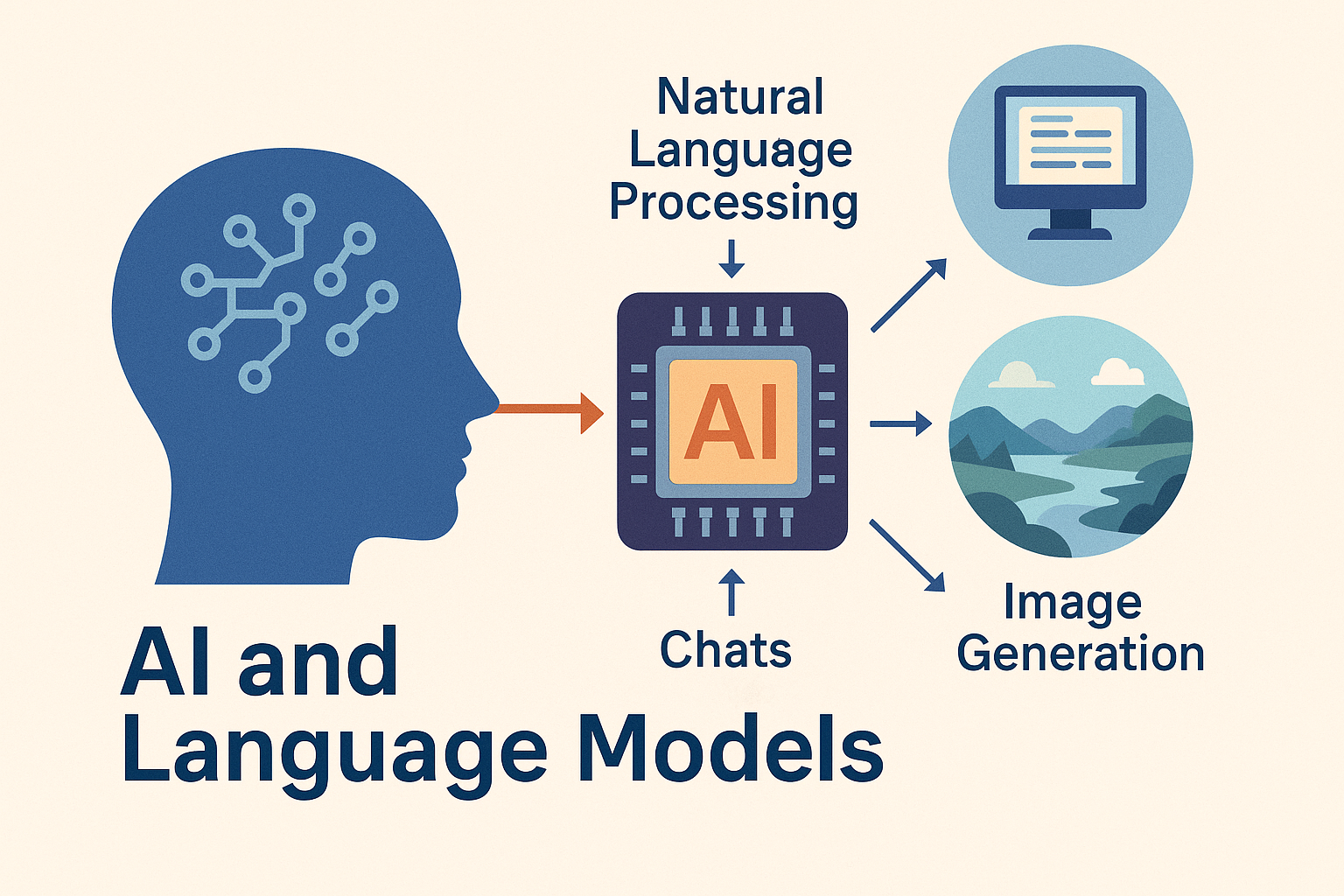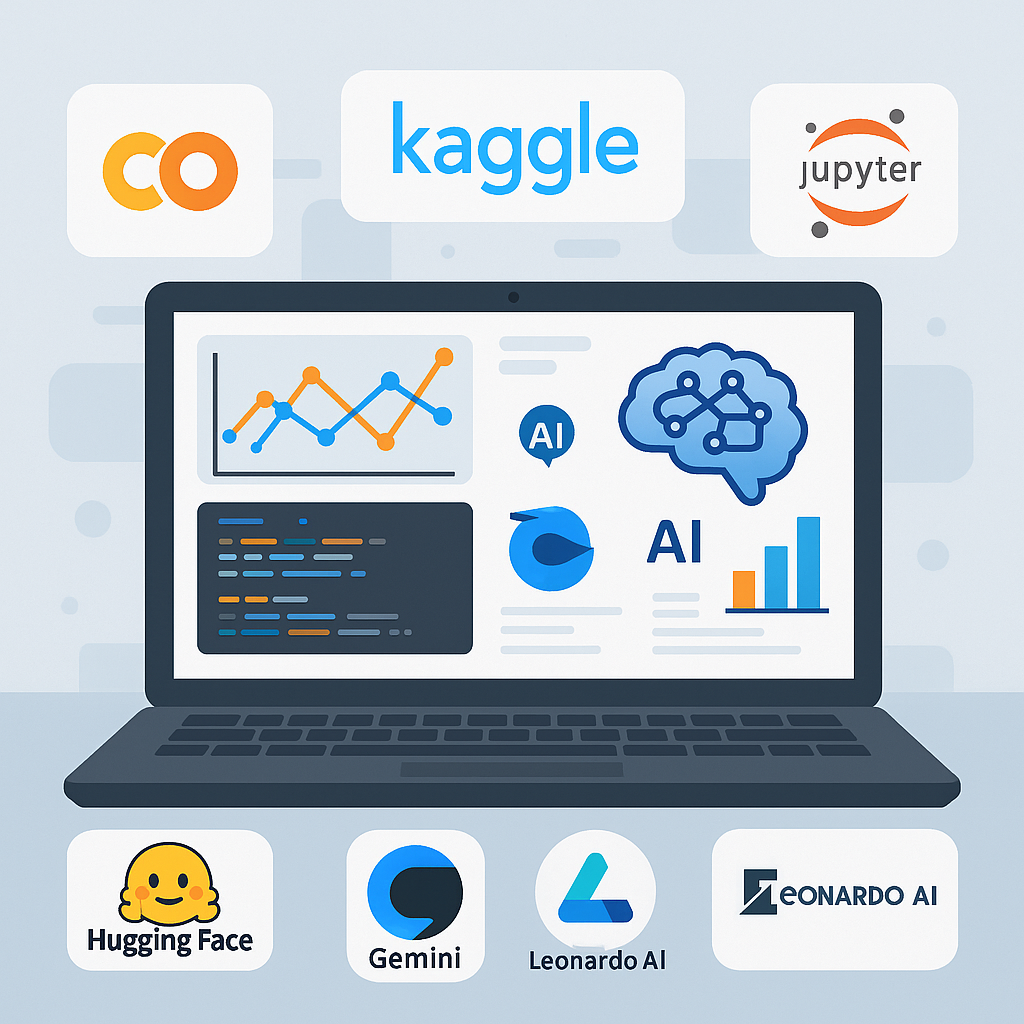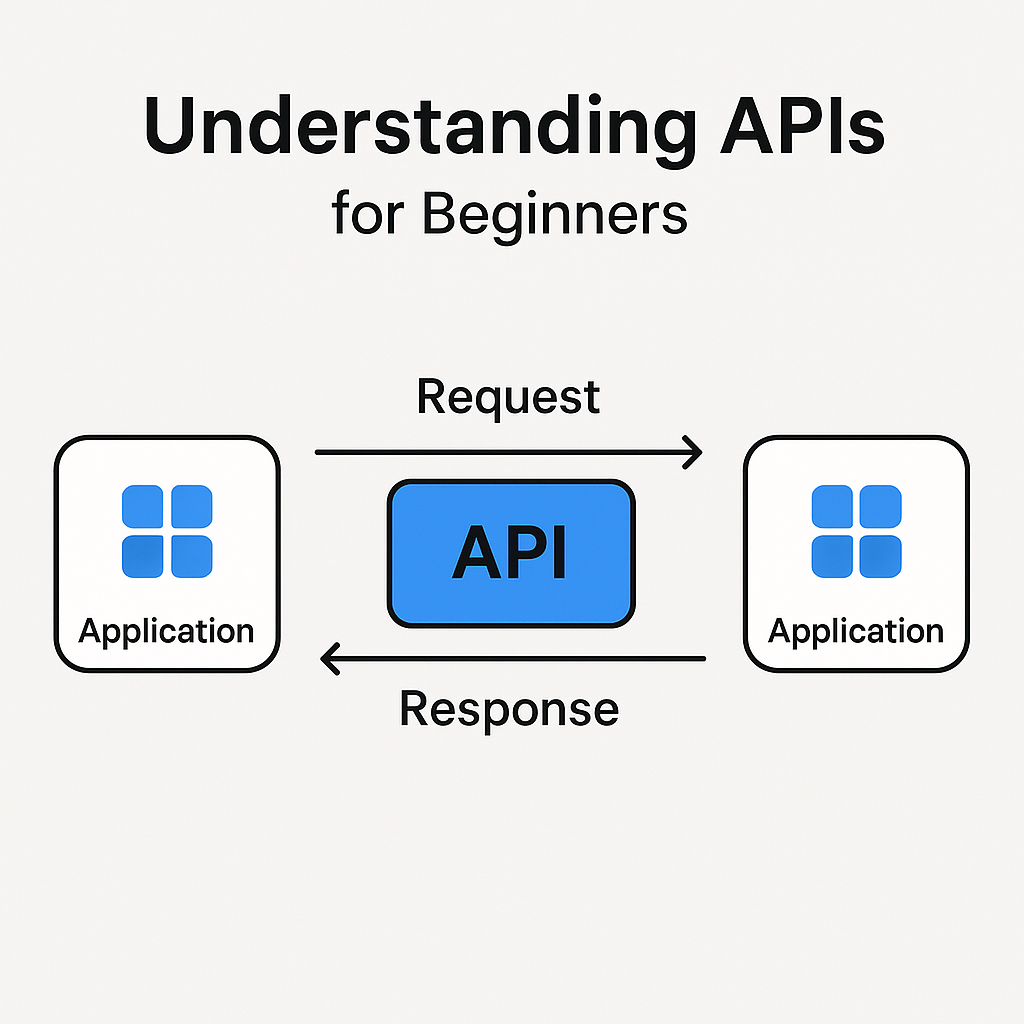AI and Its Language Models: How They Learn, Train, and Transform the World

In today’s digital era, Artificial Intelligence (AI) has evolved from a buzzword to a core technology reshaping industries. From personalized recommendations on Netflix to intelligent assistants like Siri and Alexa, AI is everywhere. But behind these innovations lies one of the most powerful engines of progress — AI Language Models.
Let’s explore how AI learns, how language models are trained, and how they’re used across industries.
What Are AI Language Models?
At the heart of modern AI systems are language models — algorithms designed to understand, generate, and interact with human language. These models are trained to predict the next word in a sentence, generate coherent text, summarize articles, answer questions, and even engage in meaningful conversations.
Popular examples include OpenAI’s GPT series, Google’s BERT, and Meta’s LLaMA models.
These models rely on Natural Language Processing (NLP) which is a branch of AI focused on enabling machines to read, interpret, and respond to human language naturally and meaningfully.

How AI Learns and Trains: A Simple Breakdown
Training an AI model, especially a language model, is a complex but fascinating process:
1. Data Collection
The first step involves gathering massive amounts of text data. Think books, articles, websites, conversations — billions of words. This data serves as the learning material for the AI.
2. Preprocessing
Before training, the raw text is cleaned, structured, and tokenized (breaking text into manageable pieces like words or subwords).
3. Training
During training, the model uses Machine Learning (ML) and Deep Learning techniques, particularly neural networks. A neural network mimics how the human brain processes information through interconnected layers (neurons).
The model tries to predict missing words, complete sentences, or generate relevant responses. Over time, it adjusts internal parameters (called weights) based on feedback from its errors.
4. Fine-Tuning
After initial training, AI models are fine-tuned on specialized datasets (e.g., medical, legal, or customer service domains) to enhance their performance in specific tasks.
5. Continuous Learning (Optional)
Advanced AI systems are sometimes updated periodically with new data to stay relevant. However, pure “live learning” from user interaction is rare today due to safety and control concerns.
How Does AI Learn?
AI learning revolves around three main approaches:
- Supervised Learning: The model learns from labeled data (input and correct output).
- Unsupervised Learning: The AI identifies patterns in unlabeled data on its own.
- Reinforcement Learning: The AI learns by trial and error, receiving rewards or penalties based on its actions (used in models like ChatGPT with RLHF — Reinforcement Learning from Human Feedback).
Uses of AI and Language Models
Language models are the brains behind many exciting applications:
Content Creation: Writing articles, generating code, creating marketing material.
Customer Support: Chatbots, virtual assistants, automated ticketing systems.
Healthcare: Analyzing medical records, assisting in diagnostics, summarizing clinical notes.
Finance: Fraud detection, customer communication, financial analysis.
Entertainment: Game development, storytelling, personalized content delivery.
Translation: Breaking language barriers with real-time translations.
Education: Personalized tutoring, automated grading, content generation.
The Future of AI and Language Models
With the rapid advancements in transformer architectures and generative AI, language models are getting smarter, faster, and more context-aware. The future promises even better personalization, real-time learning capabilities, and safer, more ethical AI usage.
However, with great power comes great responsibility and Ensuring data privacy, minimizing biases, and making AI transparent are crucial as these technologies integrate deeper into our lives.
Conclusion
AI language models are not just futuristic tech but they are the foundation of today’s smartest applications. From how they learn using neural networks to how they impact industries, understanding their inner workings gives us a glimpse into the future — one powered by intelligent, adaptable, and ever-evolving systems.
Whether you’re a developer, business owner, or tech enthusiast and now is the perfect time to dive deeper into the fascinating world of AI and also check this Natural Language Processing (NLP).
Read more🌐 about latest Tech updates on out Technology and Learning labs Category Section
#AI #MachineLearning #LanguageModels #ArtificialIntelligence #DeepLearning #NLP #TechExplained #FutureOfTech #AITechnology





